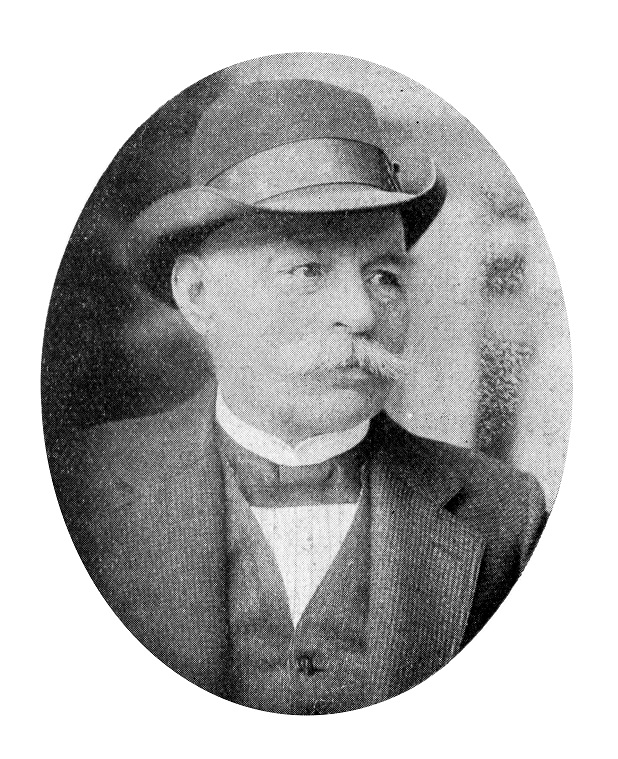Conrad Steinbrecht was born on September 22, 1849 in Tangermünde on the Elbe (Altmark – Old March). He was the son of a pastor of St. Stefan. He began his education at the St Mary’s Gymnasium in Magdeburg. After graduating from high school, he joined the Prussian army as a volunteer for a year. He served as a non-commissioned officer in the 4th Thuringian Infantry Regiment in Torgau. He was awarded a commemorative medal for participating in the campaign against France (1870). In 1871-74 he studied architecture at the Royal Academy of Crafts (Königliches Gewerbeakademie) in Berlin, which was soon transformed into the Royal University of Technology in Charlottenburg. One of its lecturers was professor Friedrich Adler (1827-1908), an expert in brick Gothic in northern Germany, and in the years 1874-81 the head of German archaeological works in the area of ancient Olympia. He also invited Conrad Steinbrecht to participate in this research.
In 1880, immediately after being promoted to the government master builder (Regierungsbaumeister), he made a scientific journey through the former Teutonic Prussia. He also reached Malbork (1st-5th September), but most of all he got acquainted with the monuments of Toruń, which resulted in the monograph “Thorn im Mittelalter”. This work made a great impression on Steinbrecht’s superior, Gustaw von Gossler, the minister of religious denominations, who on April 29, 1882 entrusted him with the management of works at the Malbork Castle.
At the end of 1882, Steinbrecht prepared a preliminary project for the reconstruction of the High Castle. Both this concept and each subsequent one were sent to Gdańsk, where they were approved by the notary construction advisor. Then they were sent to Berlin, where a similar approval was given by the local construction counselor at the Construction Department of the Ministry of Public Works. The principle that Steinbrecht always adhered to was: “no step in a spirit other than the historical one.” A model example of such a procedure may be the method of rebuilding the vault of the Chapter House. The medieval details found in the rubble after meticulous research and inventory were flawlessly matched to their original places in the interior of the hall.
As part of the great restoration of the Malbork Castle, in 1898 the reconstruction and equipment of the High Castle was completed, in 1900 the eastern wing of the Middle Castle, in 1906 the Grand Commandery, in 1913 the Infirmary and in 1916 the Grand Refectory. In 1918, the main restoration of the outer defensive walls of the castle complex was closed. It should be noted that all construction works were carried out by Malbork craftsmen. Companies and artists were commissioned with furnishing and decorating works. Steinbrecht’s idea was not only to restore the castle in the medieval spirit. An important part was also arranging the interior with Gothic and modern monuments, as well as numerous copies of objects from European castles and churches. Collecting became a separate activity, thanks to which various collections of works of art appeared in the castle: paintings and engravings, military, numismatic items and architectural details.
The result of Steinbrecht’s research were works on the architecture of the Teutonic Order, articles on restoration work and repeatedly reissued guides to the Malbork Castle. As an outstanding architect and conservator, he also had a great influence on the conservation of other architectural monuments in Prussia (Chełmża, Lidzbark Warmiński, Radzyń Chełmiński, Lochstedt).
In April 1921, Conrad Steinbrecht retired due to his poor health, handing over the office to Bernhard Schmid. He died on July 3, 1923 after one of the most severe attacks of apoplexy, which he had suffered from for several years. He was buried in the cemetery at the church of St. George in Malbork. His grave has not survived.
(compiled by A. Dobry)

